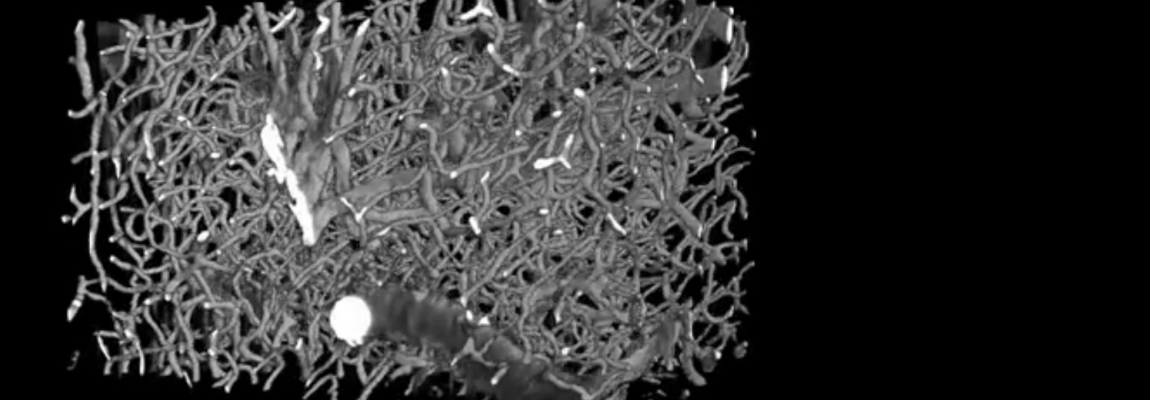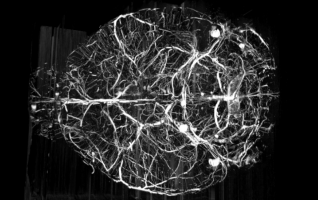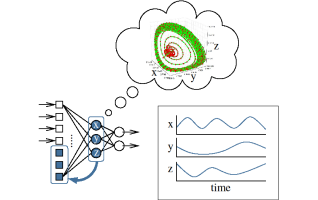Brain Research through Digitizing Brain Samples
The Brain-Inspired Intelligent Systems (BI2S) Laboratory is part of the Department of Electrical and Computer Engineering at Kettering University. The BI2S Lab houses the Internet-Enabled RObotic Microscope (IEROM) powered by Knife-Edge Scanning Microscope (KESM) technology. The IEROM is a robotized sectioning and sub-micron imaging instrument for investigating biological tissue volumes.










